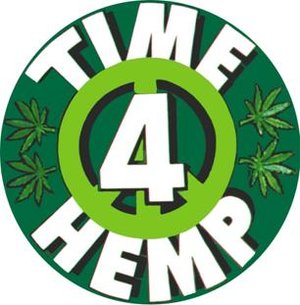Cannabis Helps Connective Tissue Disorders
Medical Cannabis DOES Bring Relief To Many.
Dr. Marilyn Glassberg describes the main symptoms associated with Connective Tissue Disease Disorders.
Connective tissue disorders are very common.
Written by Casper Leitch
Connective tissue disorders come in over 200 varieties, but one thing they all have in common is the pain they inflict. Assaulting the soft tissues which connect the body's parts as diverse as skin, bones and organs, these diseases attack the normal collagen and proteins which support healthy connective tissues and condemn their human host to a lifetime of suffering which does not, despite rumors to the contrary, diminish over time.
Although western medicine has a cornucopia of narcotics readily available to take the pain away, they often take away any significant quality of life as well. Fentanyl patches, oxycodone, oxycontin and codeine are some of the medications prescribed to adult and children for the management of the more painful symptoms of these disorders. Side effects of these medications include nausea, vomiting, drowsiness, headache, seizures, constipation, and the risk of over-dosing. That’s not quite a fair trade off for some temporary pain relief, is it? Many people who have a connective tissue disease still have to go to school and work. These medications make it nearly impossible to succeed at either because they cause a foggy state of mind. Many patients will build a tolerance to these medications overtime, leading to reduced effectiveness and/or increased dosage.
Medical Cannabis Brings Relief To Many Who Suffer From Pain.
Fortunately, cannabis is bringing relief to many who suffer from the painful complications caused by connective tissue diseases. While there have never been any recorded deaths attributed to cannabis, smoking it may not be the optimal consumption method for a connective tissue disorder patient because of lung and breathing issues. Edibles, topical applications, and fresh juiced cannabis may offer more optimal alternatives to smoking.
Unlike opiates, cannabis’ effectiveness has not been shown to diminish with prolonged use, and choosing the right form of cannabis medication offers patients an opportunity to remain lucid and focused, while escaping at last from the opiate maze. Furthermore, a patient medicated with marijuana will not have to contend with the opiate's debilitating side effects such as vomiting, nausea, headaches, etc. Cannabis offers patients a chance for a more normal and peaceful life.
There is still a great deal of research that needs to be done so that patients can be informed about the most effective strain of cannabis for their specific symptoms, as well as the safest method of administering this pain relieving alternative. That is why it’s as important as ever for the well being of patients, to press forward with studying the effects of cannabis and the relief it can offer.
Below is a FREE TO DOWNLOAD marijuana music MP3 by Walter Herleman and Howlin' Dogma.
Toke Of Rhythm.
Dr. Danial Schecter, Co-Founder of the Cannabinoid Medical Clinic, discusses medical cannabis.


